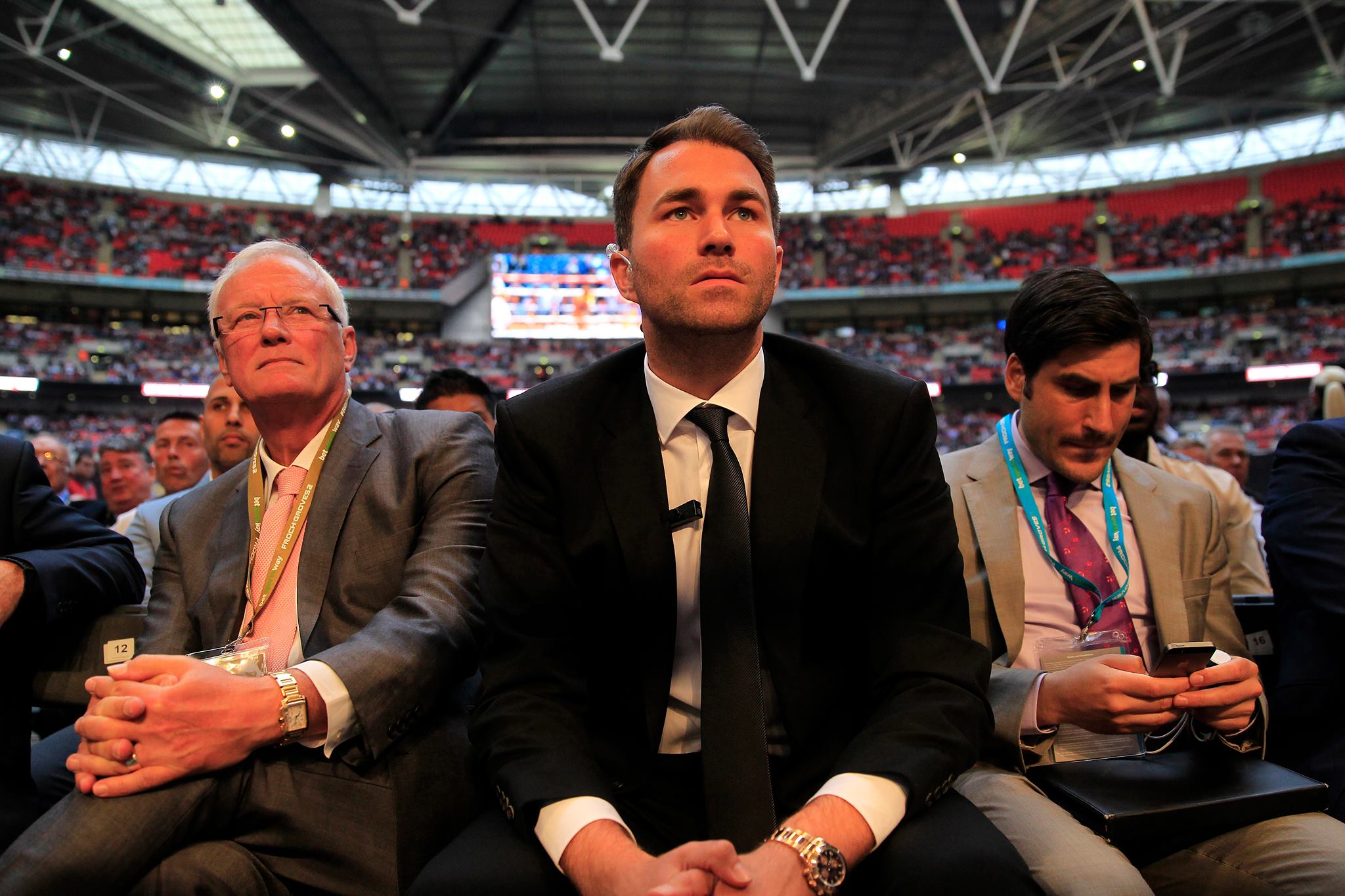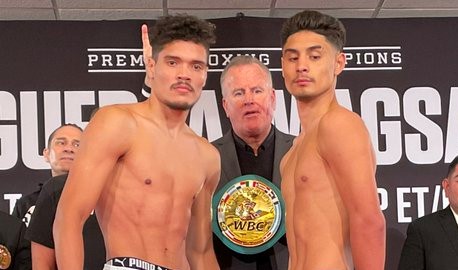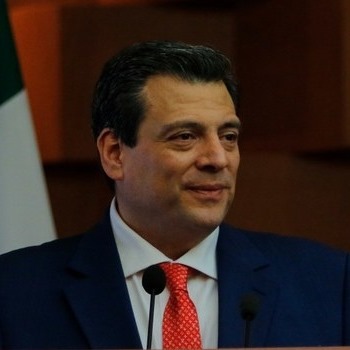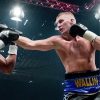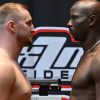By Tyson Bruce
Has Mayweather and Pacquiao lost a Step?
The subject of Manny Pacquaio’s physical decline has been in discussion to some degree or another since the glove-touching love fest he had with Shane Mosley in 2011. When Pacquaio was put to sleep by Juan Manuel Marquez, most people felt his days as an elite fighter were numbered. It’s only recently that experts have begun to speculate about Mayweather’s possible decline.

At nearly age 38, with no losses and only a handful of competitive fights, Mayweather has arguably the greatest longevity of any championship level fighter in the history of boxing. That being said, in his last couple of fights, Mayweather has shown some subtle signs that Father Time may finally be rendering some cracks in his mask of perfection.
In his prime Mayweather, boxed on his toes constantly, making even some very quick fighters, such as Zab Judah, Oscar De La Hoya and Genarro Hernandez, look like they were fighting underwater.
These days, Mayweather is much more stationary—using his shoulder roll defense and upper body movement to evade punches. He does this very, very well (he still has a commanding lead in the plus/minus category), but it puts him in harm’s way far more often than he used to be.

Against bigger, stronger fighters like Marcos Maidana and even Miguel Cotto, Mayweather’s lack of movement caused him to take a great deal of physical abuse, even when clean shots weren’t landing. It’s hard to imagine the Mayweather of five years ago struggling with a game but technically crude fighter like Maidana. At the end of their second fight, which he won by much wider scores, Mayweather derided his performance, stating, “I just couldn’t get off tonight.”
When have you ever heard Mayweather utter such a statement?
When a fighter starts making statements like that, it’s because he can no longer “pull the trigger” the way he’s accustomed to doing in the past. By all accounts, Mayweather trained even harder the second time around yet was still unable to make the statement he wanted to against Maidana.
Part of the reason Mayweather has found himself in more competitive fights—at least according to the judge’s score cards—is because as he’s moved up in weight, he’s relied even more on defensive strategy to dominate fighters that have a natural size advantage over him.
Does This Fight Make Sense?
People often forget that before moving up to welterweight, Mayweather possessed a 70% knockout ratio. At welterweight, his unparalleled technical skills and ridiculous speed made even the top contenders look pedestrian by comparison. But Mayweather, aside from the knockout of Ricky Hatton, has been unable to make the kind offensive imprint he was able to do in the lighter weight divisions.
Mayweather’s reliance on a defensive strategy has also caused his punch output to drop. It’s very hard to win rounds when your opponent is out-throwing you by a 2-1 ratio (such as the first five rounds of the first Maidana bout). With a more stationary, “in the pocket” strategy, it becomes harder upon an initial viewing to determine what is scoring and what isn’t.
It’s the reason why many people who initially scored the first Maidana fight a draw, had a wide points victory for Mayweather after they were able to more carefully study the bout on second and third viewing.
In boxing, especially in Vegas, aggression rules the day with judges. It’s the major reason why Mayweather has had to settle for two majority decisions in his last three fights. It also the reason why an unprecedented number of experts are leaning toward the more offensive oriented Pacquiao in their upcoming mega bout.
Who Wins the Battle: Speed vs. Speed
Floyd Mayweather and Manny Pacquiao have beaten some of the best fighters in the world from 122-154 pounds. In fact, they share five common opponents—Marquez, Cotto, Hatton, Mosley, and De La Hoya—who represent some of the best fighters they’ve ever fought.
Yet, none of those fighters or the results of those bouts really give any indication of how they will preform against one another. One of the major reasons for this is simpler than you might think: speed.
The fact is that in the hundreds of amateur and professional fights, both men have never fought anyone with the kind of speed (and skills) that they will see May 2nd. Speed is one of the greatest assets you can have in boxing, and a defining asset for nearly every all time great fighter.
The ability to think and react to punches, to form a game plan, to mount a counter assault can all be blunted by speed. Speed was how Roy Jones was able to dominate and make great fighters like James Toney and Bernard Hopkins look ordinary. It certainly wasn’t technical superiority. It was his once in a generation hand speed.
Mayweather and Pacquiao, along with being master craftsmen, have also enjoyed a speed advantage as a given reality in nearly every fight they’ve ever gone into. But how will either react when faced with an equal and opposing force?
Mayweather is the quicker fighter with a single punch. His pull back counter right hand, which he launches with the grace of a Spartan launching his spear, remains the quickest and most effective punch in all of boxing. Despite having a dominating jab when he chooses to use it, Mayweather usually opts for the lead right hand because his hand speed permits him to do so.
The punch is effective because most fighters are not accustomed or prepared for a lead right hand. It’s not simply a punch most fighters are capable of using, and if a normal fighter tried to throw a lead right anywhere near the number of times Mayweather does, they certainly wouldn’t be 47-0.
When a right hand has to travel the extra distance across the shoulder and without the disguise of a jab, it leaves a fighter vulnerable to a counter punch. Yet, Mayweather, with his great hand speed, is able to use the punch as a lead (similar to a jab), a pullback counter punch and a conventional power punch.
Pacquiao, however, has the superior hand speed in combination. There hasn’t been a fighter since Sugar Ray Leonard that has been able to put four and five punch combinations together with the kind of blistering speed and power that Pacquiao is able to do.
When we first saw Pacquaio, he was world-class fighter simply because his straight left hand (probably only second in speed to Mayweather’s cross) was such a dominant punch. For nearly a decade and across eight different weight divisions, it’s been the most feared weapon in all of boxing.
Pacquiao probably could have had a great career just with his athletic ability and the straight left hand. However, Freddie Roach knew that in order to make Pacquiao the best fighter in boxing, he needed to add more diversity to his attack. As a lightweight and welterweight, Pacquiao became the most offensively gifted fighter of his time with a two-handed assault that capitalized beautifully on his sublime speed.
Very few fighters in the modern age put combinations together the way Pacquiao does. He is a whirlwind of perpetual motion, his breath taking speed allowing him to attack from a variety angles and directions that defy boxing convention. Only Marquez was able to really effectively handle Pacquaio’s speed, but took a severe amount of punishment in all four of their fights to do so.
Will Mayweather be willing to do the same? Regardless, discovering which fighter has the superior speed and simply witnessing such a tandem of athletic splendor share the ring is one of the most intriguing aspects of the bout.
Who Has The Best Punch?
As discussed, speed will be one of the major deciding factors in the fight. However, timing and distance, as well as the ability of each man to impose their best weapons will also play a key role.
Both fighters rely heavily on their power hand to do the majority of their points scoring, and whoever can impose that weapon the best will have a major scoring advantage with judges.
Mayweather will undoubtedly try to blunt Pacquiao’s frenzied assault by holding his ground in the center on the ring and busting him down the middle with counter right hands. It’s the natural punch against a southpaw.
However, Mayweather has always been more defensively vulnerable against southpaws. The shoulder roll defense, which relies on a series of repetitive movements, is designed to combat an orthodox assault. Boxing a southpaw requires that everything be adjusted for a different angle. Zab Judah and Demarcus Corley, two southpaws, were both able to stun Mayweather during exchanges for this very reason.
The southpaw-orthodox angle should make Mayweather-Pacquaio a counter-punching bonanza. The lead power shot, the best punch in the case of both fighters, takes the form of a jab when boxing an opponent from the opposite stance. Watching both guys try to impose and gain offensive superiority with this punch should be fascinating.
Mayweather’s second most effective punch is a jab to the body. Despite not being a devastating puncher, he uses a stiff jab to the body to blunt his opponent’s offensive assault. This is surely something he will use against Pacquiao, who suffered a TKO from a body shot earlier in his career. The natural counter punch for Pacquiao (and one of his best punches) will be the right hook over the top. How each fighter will implement this weapon will dictate the distance from which the bout is fought.
If Mayweather can box Pacquiao from the outside, his superior reach and timing could make it an easy fight. However, if Pacquaio can attack from angles and close distance, the fight will be his to lose. Going to the ropes, as Mayweather has often recently done is suicidal against Pacquiao because his punches come from so many different directions.
Hence, the real estate over where the fight is fought will play a pivotal role in the fights outcome.
Who Has The Mental Edge?
Assessing which fighter has the mental edge going into perhaps the biggest fight in half a century is perhaps the most intriguing subject in the build up to the fight.
When the fight was initially announced many boxing insiders, including Teddy Atlas, took the view that Mayweather had the edge because of the many “concessions” Pacquiao was forced to make in the formation of the bout. Mayweather has always held the keys to making this fight a reality.
Generally speaking, the fighter who gets to dictate the terms of the bout gains some mental superiority in an otherwise evenly matched contest. Boxing history is littered with such examples, from Sugar Ray Leonard using the negotiation table to mentally unhinge Marvin Hagler to the more recent example of the Miguel Cotto-Sergio Martinez fight, where the challenger dictated to the champion the rules of combat.
Mayweather is certainly the A-Side in this fight, as he will be receiving a favorable 60-40 purse split and was the deciding factor in nearly every major plot detail in the bout’s contract. This could all certainly be a factor.
There is, however, an alternative view. It’s possible that going into this bout, Pacquiao is the guy with less to lose than Mayweather.
Mayweather has always been the chief decision maker in who he fights and is very rarely–if ever–a slave to public demand. The last time he was the B-side of anything was against Oscar De La Hoya, but that was a highly winnable fight for Floyd and one that was required in order to take the crown. Since that point, Mayweather has been the master and commander of his own destiny. For that brief moment between 2007-2008, it seemed like boxing was his sole possession.
The public opinion of Floyd’s undisputed dominance began to change when just 19-months later Manny Pacquiao would jump from lightweight to welterweight and duplicate Mayweather’s accomplishment of beating Oscar De La Hoya. Since that moment, the public has been riding Mayweather to take the one fight many feel he could conceivably lose. He has responded by taking basically any other fight possible and doing his sincere best to pretend that boxing’s consensus number two fighter doesn’t exist.
When Marquez knocked out Pacquiao in 2012, it appeared that Floyd might have won the battle of public opinion by virtue of default. However, Pacquiao’s career renaissance and the public’s diminishing interest in Mayweather’s shtick (as seen by his declining PPV numbers) sparked a rebirth in the public’s interest in the fight.
One could make the sincere argument that Mayweather was shamed into taking this fight: the constant heckling at public events, the never-ending questions from reporters and the pressure from network executives who were quickly realizing that “the deal of the century” for him was turning out to be the dud of the century for them.
If you are of the opinion that Mayweather was forced to take the fight with Pacquiao, then it puts Floyd in a position he’s never been in before. His reclusive approach during the build up-to the fight and the strained facial expressions he displayed at the press conference are indicative of just how different of a challenge this is for Mayweather.
For Pacquiao, one gets the sense that this is just another boxing match for him. A very important boxing match but a boxing match nonetheless. For Mayweather, as the prohibitive betting favorite, the fight with Pacquiao will be his defining hour.
A loss for Pacquiao doesn’t really change where he stands in the history of boxing, because of his accomplishments in the lower weights.
A loss for Mayweather, who is widely perceived to be the larger and more skilled boxer, would do irreparable damage to his legacy. He will still be a first ballot Hall-of-Famer, but any claims to being the greatest of all time would die with the zero on his record.






